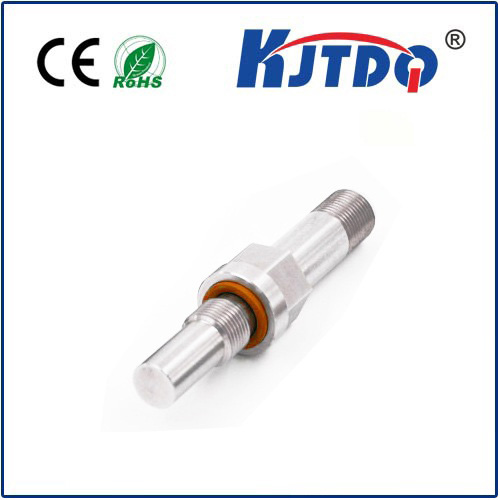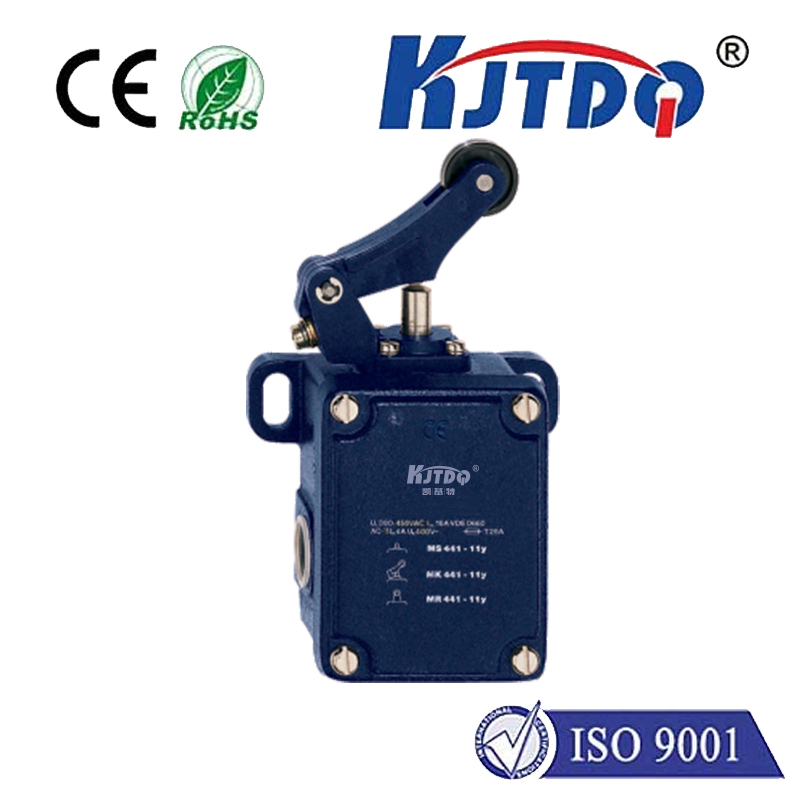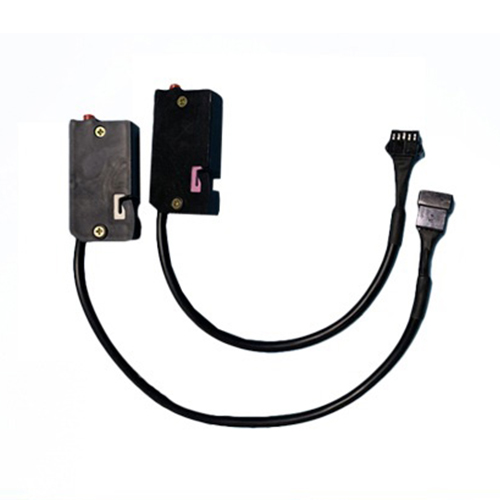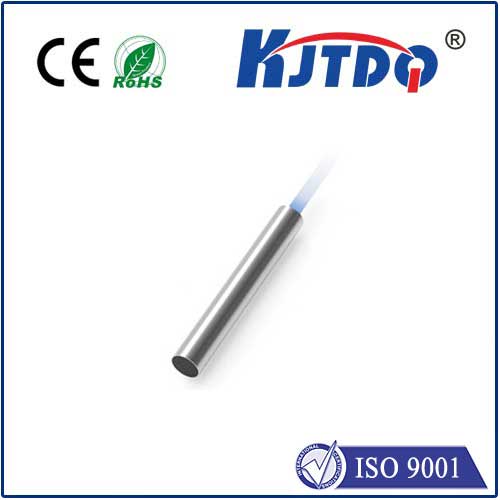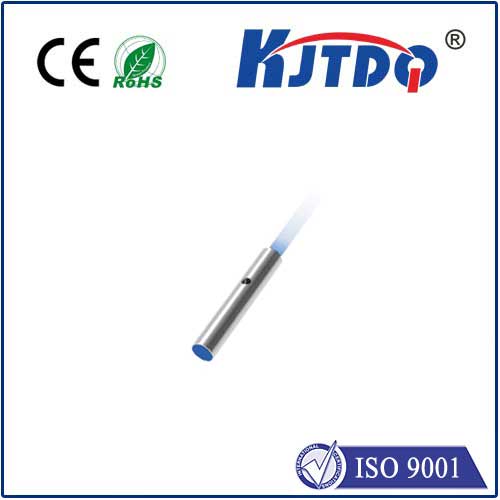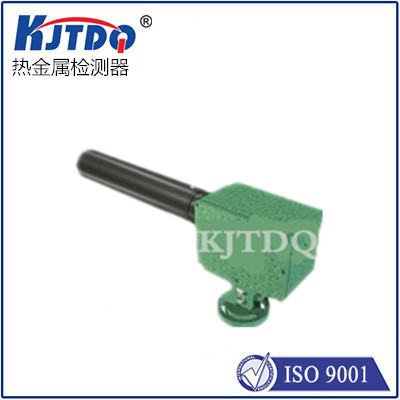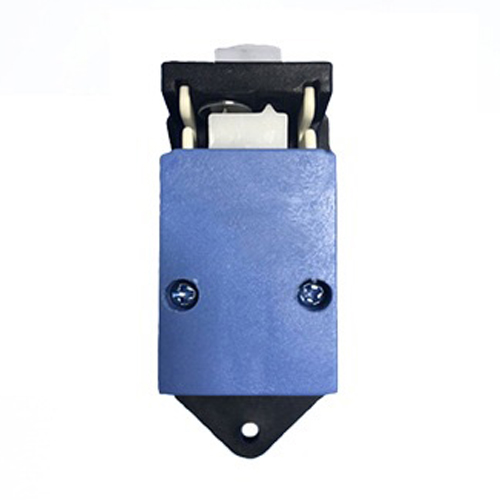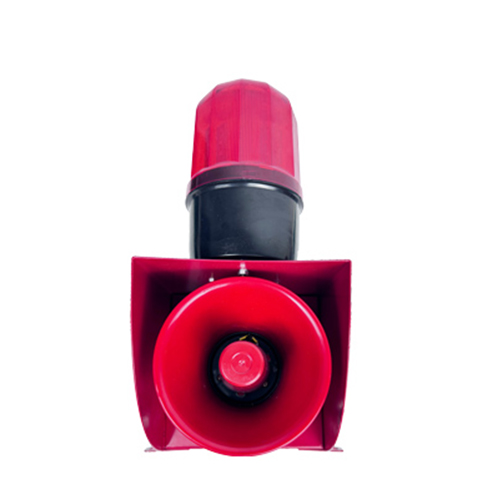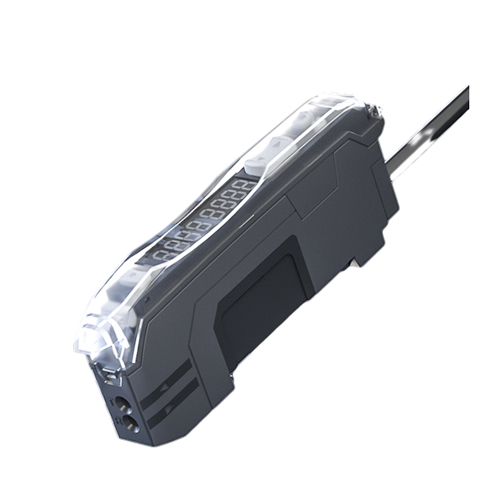

check

check

check

check

check

check

check

check

check

check
In the realm of modern technology, innovations continuously redefine the boundaries of what is possible. One such innovation that has been making waves across various industries is the laser sensor switch. These devices, combining precision engineering with advanced electronics, are revolutionizing the way we interact with our environment and manage our systems. This article delves into the multifaceted applications and benefits of laser sensor switches, elucidating why they have become an indispensable component in today’s technological landscape.
At the core of a laser sensor switch is its ability to detect objects or measure distances with exceptional accuracy using laser light. Unlike traditional mechanical switches that rely on physical contact, laser sensor switches operate based on the principle of reflecting a beam of light off a target and measuring the time it takes for the reflected light to return. This allows them to function without any physical contact, thereby increasing their lifespan and reducing maintenance needs. The precision afforded by laser sensor switches is unparalleled. They can detect even minute changes in distance and motion, making them ideal for applications where exact measurements are critical. Moreover, they can function over a wide range of temperatures and environmental conditions, ensuring reliability and consistency in performance.

Laser sensor switches are not confined to a single industry; their versatility enables them to be utilized across a myriad of sectors. In manufacturing, for instance, they play a crucial role in automation processes, from monitoring assembly lines to controlling material handling equipment. Their ability to provide real-time data ensures efficiency and precision in production, reducing waste and increasing output quality. In the automotive industry, laser sensor switches are instrumental in the development of advanced driver-assistance systems (ADAS). These switches help in functions such as lane-keeping assistance, adaptive cruise control, and parking assist, enhancing vehicle safety and driving comfort. Furthermore, in healthcare, they are used in diagnostic tools, enabling accurate measurements and assessments without invasive procedures.
One of the primary advantages of laser sensor switches is their non-contact operation, which significantly extends their operational life compared to traditional switches. Additionally, their high sensitivity and rapid response times make them suitable for applications requiring quick detection and adjustment. Their installation flexibility is another noteworthy benefit. Laser sensor switches can be easily integrated into existing systems with minimal modifications, thanks to their compact size and ease of configuration. This feature reduces downtime during setup and enhances overall system compatibility.
As technology continues to advance, the potential applications of laser sensor switches appear boundless. With ongoing research focused on improving their functionality, such as increasing measurement ranges and integrating internet of things (IoT) capabilities, their role in smart technologies is set to expand. Future innovations may see laser sensor switches becoming integral to autonomous systems, environmental monitoring, and even space exploration endeavors. In conclusion, laser sensor switches represent a testament to human ingenuity and its pursuit of excellence in technology. Their ability to provide precise, reliable, and versatile solutions makes them a cornerstone of modern engineering marvels. As we look towards a future driven by innovation, the significance of laser sensor switches will only continue to grow, shaping the way we perceive and interact with our world.
